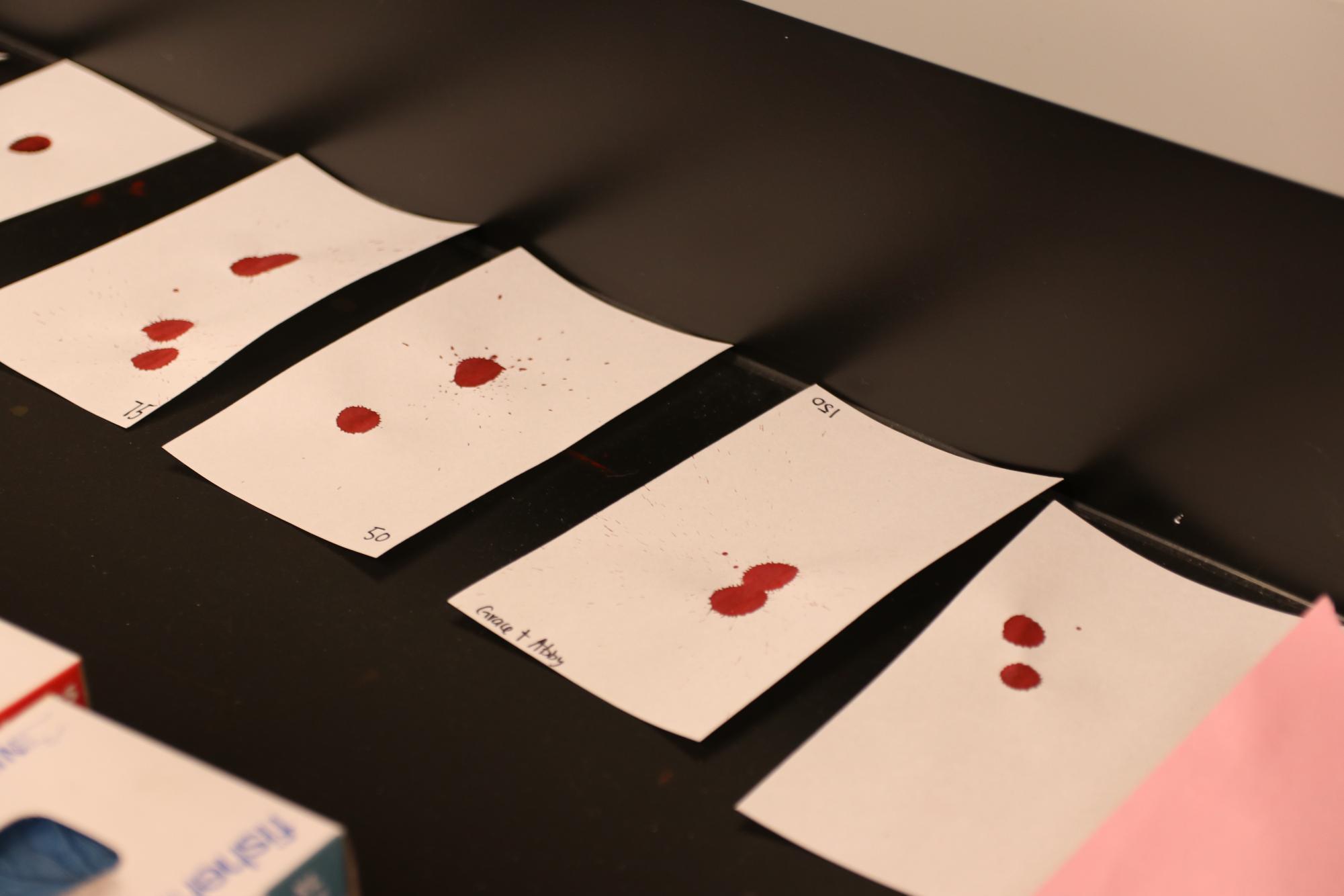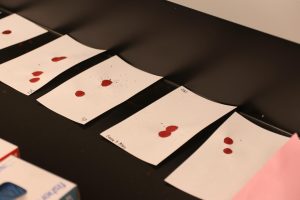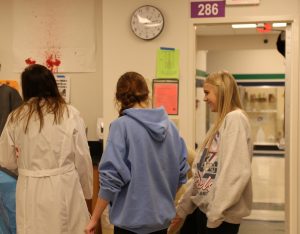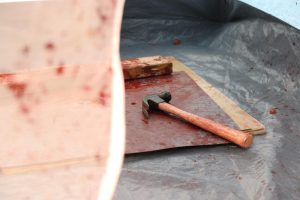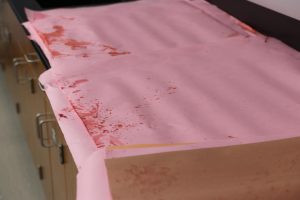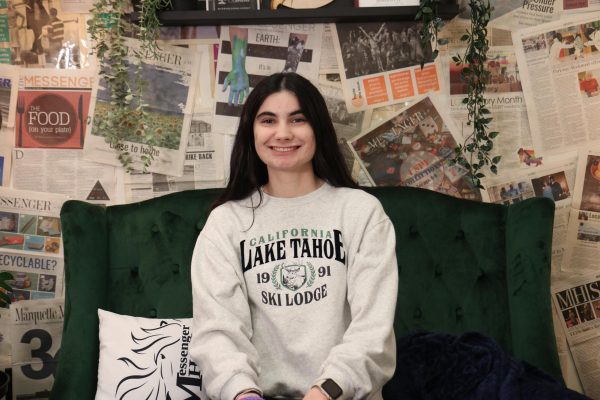As Payton Smith, sophomore, walks to her next class, she puts in earbuds and begins the next episode of her favorite Crime Scene Investigation (CSI) podcast.
Smith said she became interested in true crime after seeing reels on TikTok and that led her to true crime podcasts.
True crime refers to real cases, either solved or unsolved, that have been popularized through books, movies, shows or podcasts. The top three most popular true crime podcasts of 2023, according to Cosmopolitan, are “Scamanda”, “Letters from Sing Sing”, and “Ridiculous Crime”.
Smith said her favorite cases are unsolved mysteries.
“There are billions of possibilities that could be the answer,” Smith said. “It’s so interesting to see how people have tried to solve them and what could be missing in the picture.”
Smith is taking Forensics at MHS and has decided to pursue a forensic science major in college.
“I’ve always wanted to be the person that can solve those cases and answer those questions for people,” Smith said.
Because of the nature of crime scenes, Smith said many students don’t explore true crime. She suggests, however, that students who find it interesting get more involved in podcasts, books and classes.
“Everyone has a different perception of information, and if everybody communicates with each other, maybe we can solve a cold case,” Smith said.
Dawna Barnhart, forensics teacher, often uses true crime examples in her classes.
“We’ve had a serial killer here in St. Louis, and I talk about him quite a bit,” Barnhart said. “He left tire prints, and I use that to talk about impressions.”
Along with the serial killer Maury Travis, Barnhart said she uses famous murder cases like the O.J. Simpson case, Micheal Peterson Stairway case, Casey Anthony case, and the Idaho College student murders to teach students how to use evidence to build a case.
Barnhart pulls from crime shows as well. She said “CSI: Vegas” includes different aspects of investigative work such as bugs, hair, fibers and fingerprints. She said her students always take more interest in true crime scenarios and activities than made-up ones.
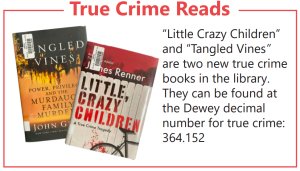
Since 2020, Barnhart said there has been an increase in students taking Forensics, and she now teaches four periods of the class. According to the registrar, there has been a 41% increase in students enrolled in Forensics from the 2020-21 school year to this year.
Many of Barnhart’s students keep her updated on the shows, podcasts and news articles they find online.
“It’s cool when they come back and tell me ‘We just watched this on the news, and it’s what we learned about it in class’,” she said.
Ben Buckallew, junior, initially took an interest in investigative work because of his family, especially his stepdad’s work as a detective.
“He’s a detective who’s already in it, so it’s pretty fun seeing what he does,” Buckallew said. “I talk to him about some of the crimes he does and activities he does, for instance, blood sampling, and how that affects his job.”
He said his family often discusses recent crime stories, and his sister encouraged him to take Forensics.
Buckallew said his favorite topics in the class are fingerprinting and blood spatter investigations, which relate to his favorite lab they’ve done as well.
“We put on hazmat suits and jumped inside a tent,” Buckallew said. “With a hammer, we smashed a bloody sponge to get blood spatter on a cardboard paper.”
Because of the class, Buckallew said he is considering a career in forensic science or investigative work.






